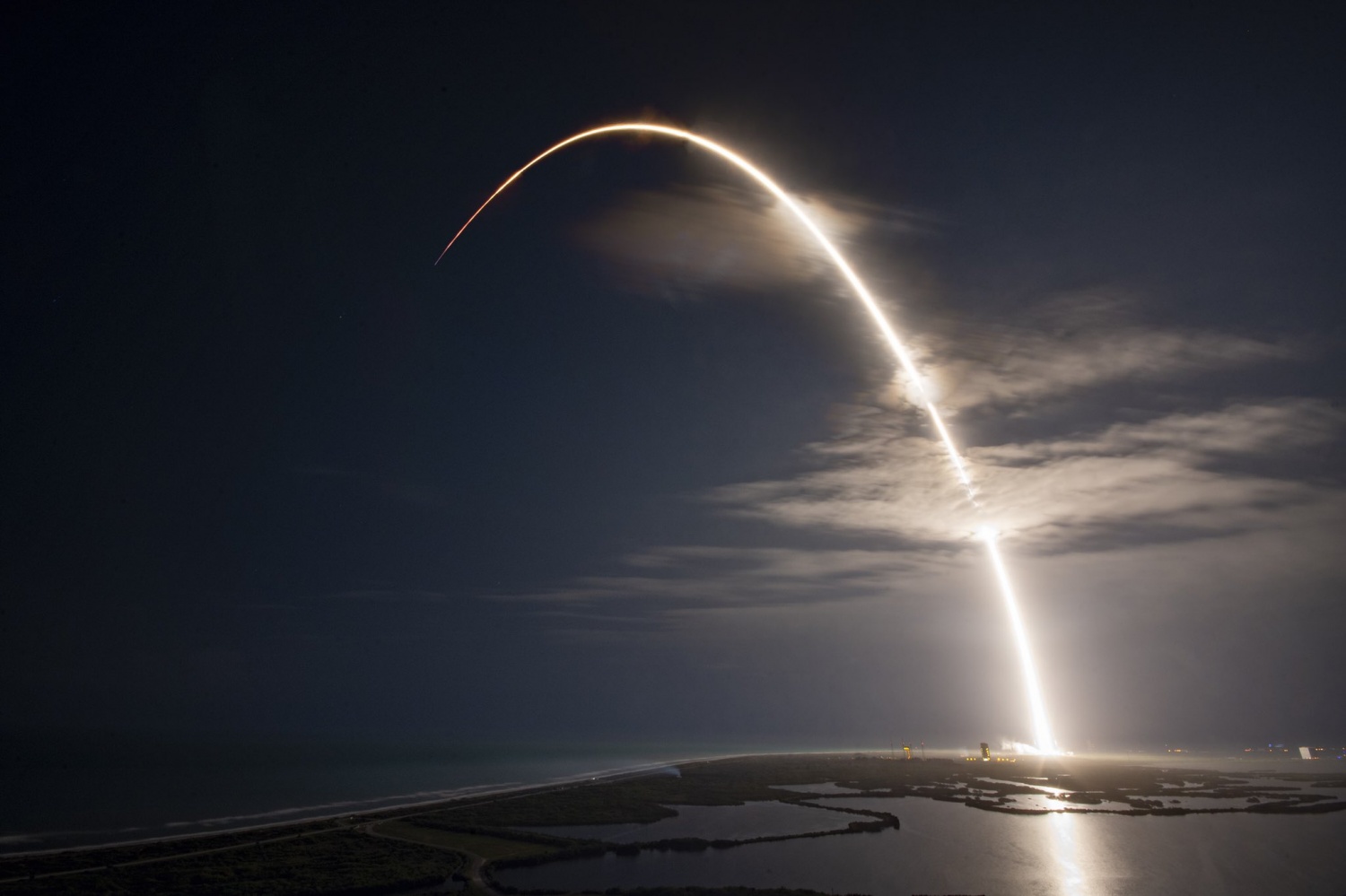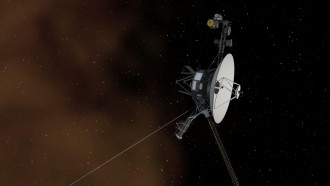
FCC has approved SpaceX's request to increase the number of rings that its satellite constellation can orbit. Approved by FCC last Dec. 19, SpaceX can now occupy 72 rings, three times as many rings as last approved. FCC hopes that this will allow SpaceX to accelerate deployment to deliver its broadband service throughout the United States more quickly.
FCC Approves SpaceX Occupation of 72 Rings
Last Dec. 19, FCC has released anOrder Authorizationallowing SpaceX to modify its Starlink orbit plans. This modification to their initial plans, which wereapproved by the FCC earlier in April, initially allowing SpaceX to launch a total of 1584 satellites in the 550-kilometer (342-mile) orbital shell, occupying 24 orbital planes with 66 satellites each.
当前的请愿书,去年8月30日提交,sought to modify the Starlink Constellation's lower shell to increase the number of orbital planes from 24 to 72, decreasing the number of satellites in each plane from 66 to 22, and make changes to the deployment and operation of these satellites. The total number of satellites 1584, will not be changing, but the changes in the number of rings will allow SpaceX to deploy the satellites much quicker with a singleFalcon 9 rocketable to populate three rings.
"Grant of this application will allow SpaceX to accelerate the deployment of its satellite constellation to deliver broadband service throughout the United States, especially to those who live in areas underserved or unserved by terrestrial systems. " said the FCC on Dec. 19.
These changes will help SpaceX increase their coverage by 2020 hurricane season. SpaceX plans to start commercial satellite operations in the southern states that are at risk of being afflicted by hurricanes. The increased coverage will allow better emergency response in these states even after fiber-optic cables are damaged by natural disasters.
年代paceX already has 120 satellites in orbit, and while they are already greenlit for 12,000 satellites, they still have plans to have30,000 satellites more, much to the dismay of astronomers throughout the globe.
READ ALSO:年代paceX's Starlink Satellite Megaconstellation Worries Astronomers, Know the Reason
FCC Rejects SpaceX Rivals Kepler and SES' concerns
The report also addresses the concerns filed by SpaceX rivals Kepler and SES. When SpaceX's second modification application was accepted for filing, its rivals Kepler and SES raised their own concerns. Kepler Communications, Inc (Kepler) filed a petition to defer or deny, while SES Americom and O3b Limited (SES/O3b) filed a petition to defer.
Kepler, who is deploying their own constellation at 575-kilometers (357-miles) raised worries the modification could increase SpaceX's rate of intra-constellation conjunctions in the sub-600 km low-Earth orbit environment. Furthermore, they raised that SpaceX has not submitted a filing with the International Telecommunication Union (ITU). SpaceX rebutted Kepler's concerns regarding intra-constellation conjunctions as SpaceX satellites utilize propulsion to maneuver. Such satellites are considered in the industry to have zero collision risk due to their ability to conduct collision avoidance maneuvers. The FCC also replied that SpaceX filing with the ITU is already underway, and even if it is not, it is not grounds for deferral or denial of SpaceX's request.
年代ES, who operates 03b satellites, initially claimed that the SpaceX has not sufficiently provided data regarding the impact of the changes, but eventually acknowledged that SpaceX provided them the input data used to calculate Starlink's equivalent power-flux density, or EPFD, data. They continued with their appeal to defer SpaceX's request due to the complexity of the information and the inability of SES/O3b to review and analyze the information. To which the FCC replied that they would not delay SpaceX's request because of SES/O3b's lack of qualified personnel.










![[Esports] Best Online Games for Kids in 2023](https://1734811051.rsc.cdn77.org/data/thumbs/full/426134/295/166/50/40/esports-best-online-games-for-kids-in-2023.jpg)

